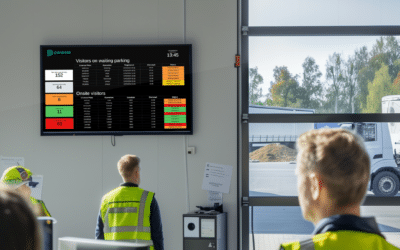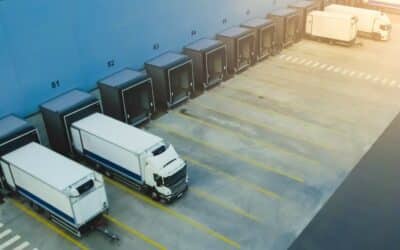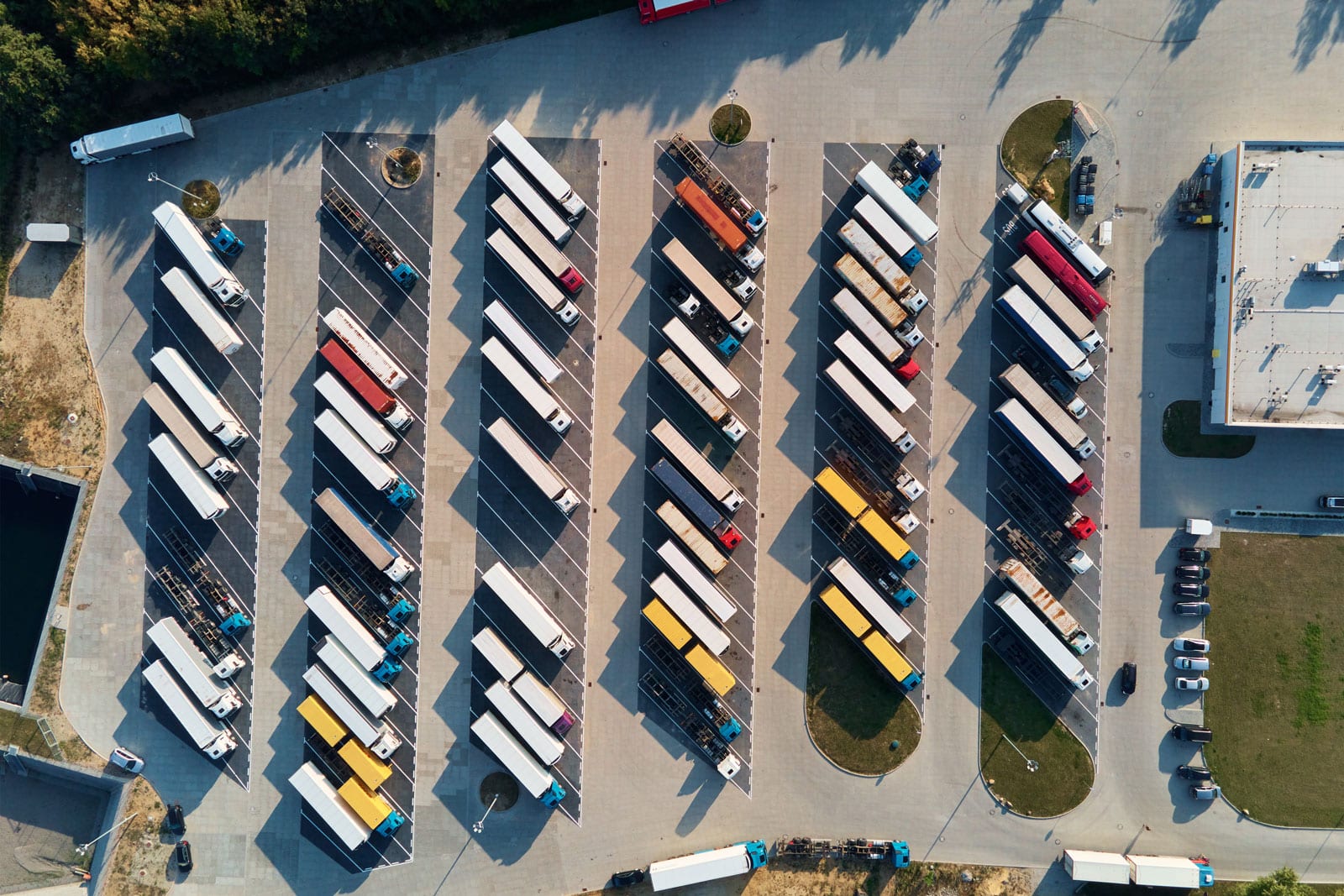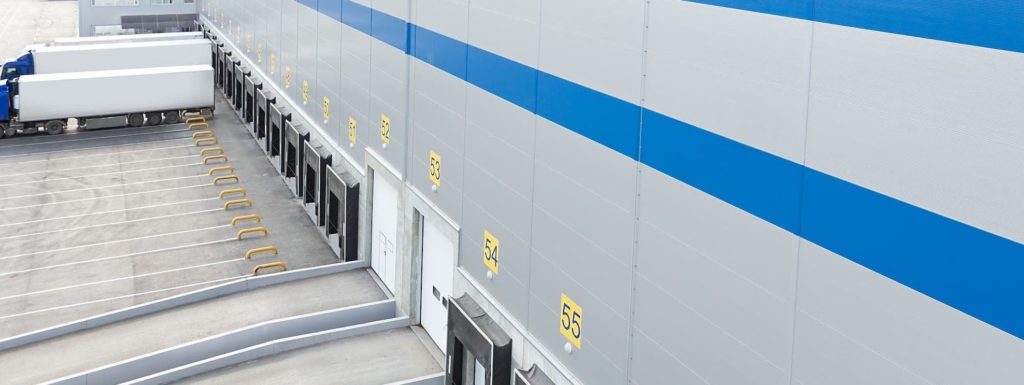Streamlining logistics processes for break bulk cargo requires a specific approach: consignments are sent using various modes of transport.
Break bulk cargo refers to goods that are shipped in large batches of individually packaged small quantities. For example, a whole ship full of grain, packaged in big 500-kilogram bags, or a large consignment of potatoes packaged in 50-kilogram bags that are loaded onto a vessel individually.
As this involves such large batches, it means that the goods are collected in various transports. So drivers have to be on the site several times and be able to announce their arrival quickly and easily.
Challenge #1 – Simplifying the process of registering trucks
Trucks register all day long to collect goods. At many break bulk sites, this registration process is often still manual. The driver arrives, has to register with a shipment number and usually has to go through a safety test.
As the drivers frequently don’t speak the local language and even in English, communication is often difficult. This causes misunderstandings and frustration for both parties, particularly in dangerous situations, because people have not properly understood the safety instruction.
Peripass automates and digitalises the access and communication of logistics reception and the various flows on the site. The registration process takes place in the language of the driver via a self-service kiosk and he also receives the safety instructions in his own language.
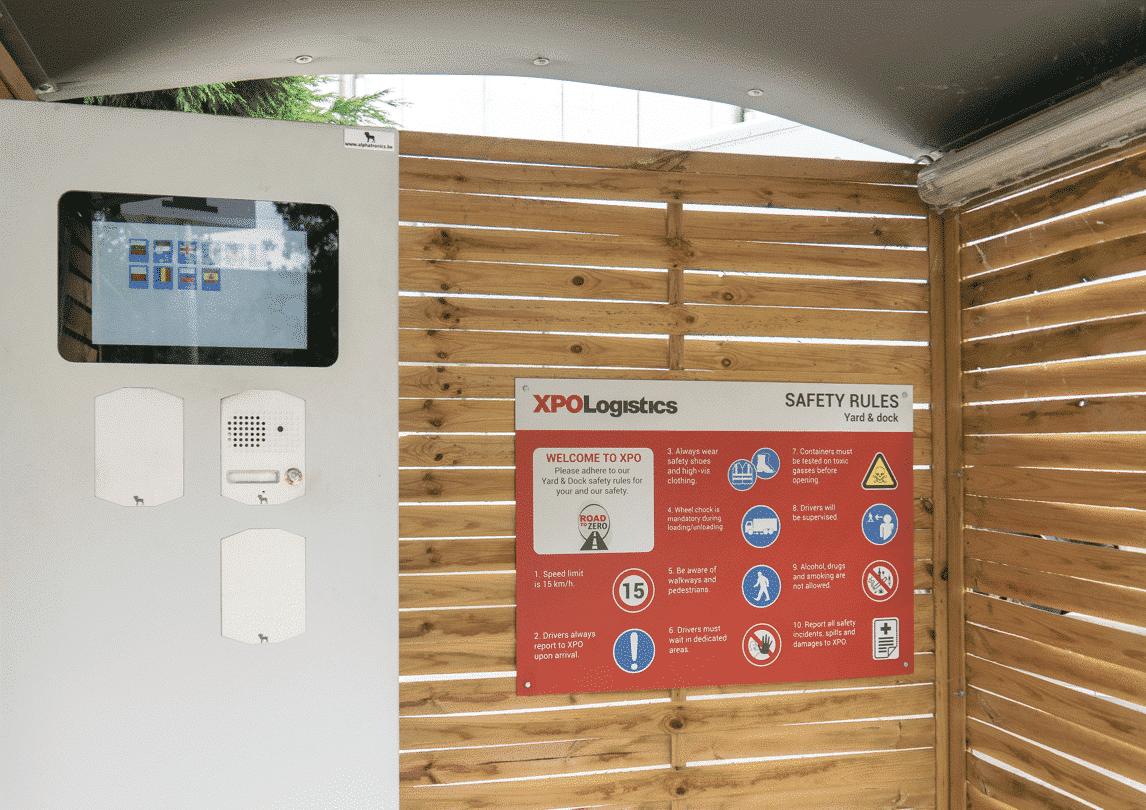
Drivers can register with their Alfapass or Cargocard combined with the shipment number of the load that they have come to collect.
As Peripass is connected in real time to the organisation’s ERP platform or to the WMS (Warehouse Management System), the system knows automatically whether or not the driver can be admitted to the site.
After an automatic data check, the truck is included in a dashboard from which the operational staff can send the driver to the correct location.
The driver receives – in his own language – a unique access code with instructions on where to go: “We are ready for your transport. Your unique code for you to enter is 3210, take Route C, alley 8, place 1. “

Challenge #2 – It could all be somewhat faster
Because the transport often contains large batches of goods, customers generally send various drivers with various transports. Does this mean that the driver has to register and go through a safety test each time?
No, for these frequent flyers we adopt a fast-lane principle. This means that they have to register in full once. For the following transports, they can simply be fast-tracked onto the site. Safety tests and instructions can be linked to a specific driver for a specific period of time, so a returning driver does not have to go through every test every time.
Data capture is important for an organisation, as well as a fast throughput time. In Peripass, specific processes can be set up that take account of the hardware present (barriers, traffic lights, cameras, etc.) All sorts of conditions can also be integrated into the processes. For example, a driver receives his exit code after he has crossed the weighbridge.
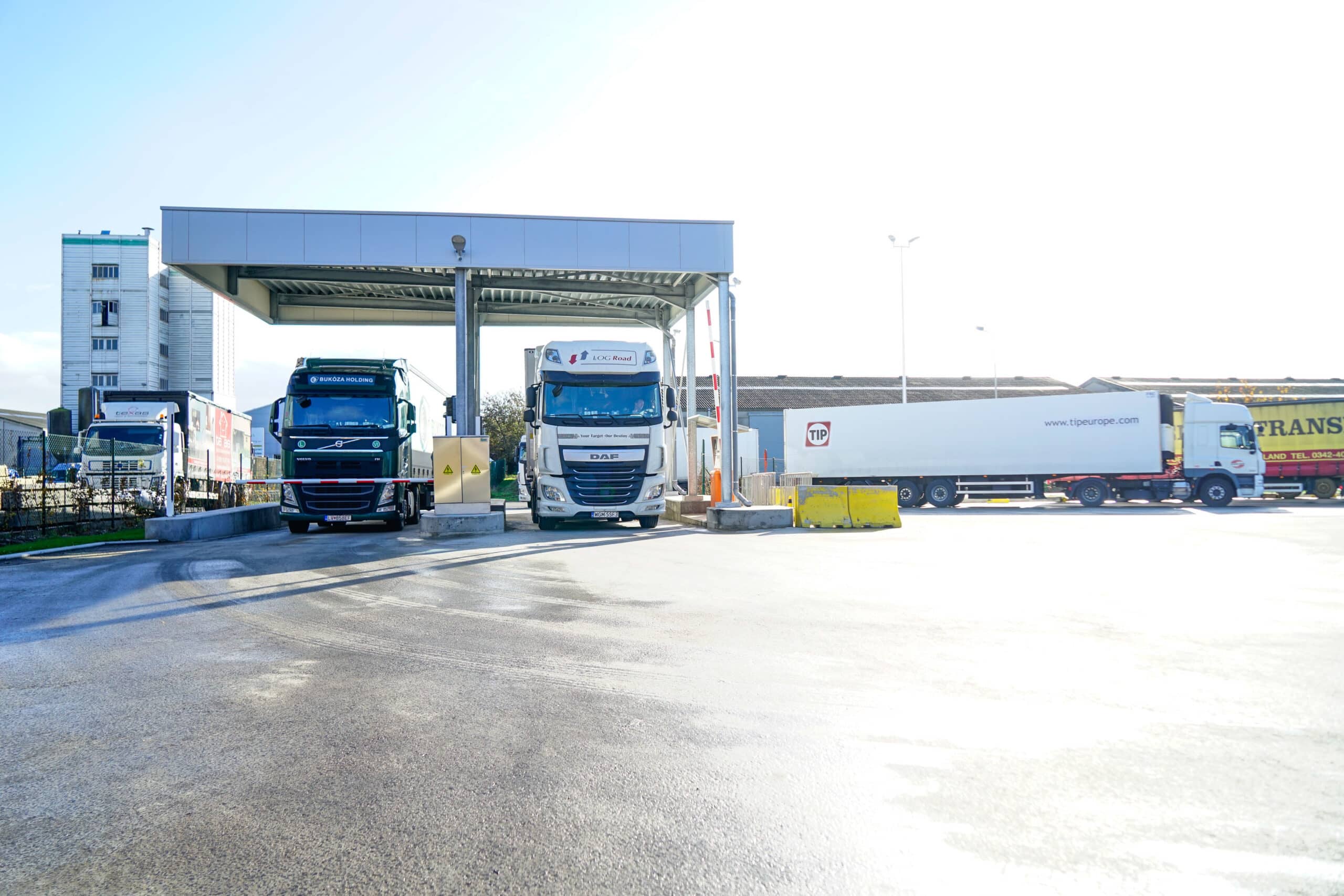
Challenge #3 – Ensuring that the yard activities run smoothly
Depending on the type of load that is collected, the right crane or forklift truck has to be sent to the right location. Thanks to the Peripass app, the yard operators automatically receive a message about which truck has arrived at the site, which load it has come to collect and what is expected from the yard operator for this transport.
Once the tasks have been carried out, the yard operator can indicate that the transport has ‘shipment completed’ status via the app, so the dispatcher knows that the loading process is complete (and so does the ERP system, of course) and the driver’s code to leave the site is activated.
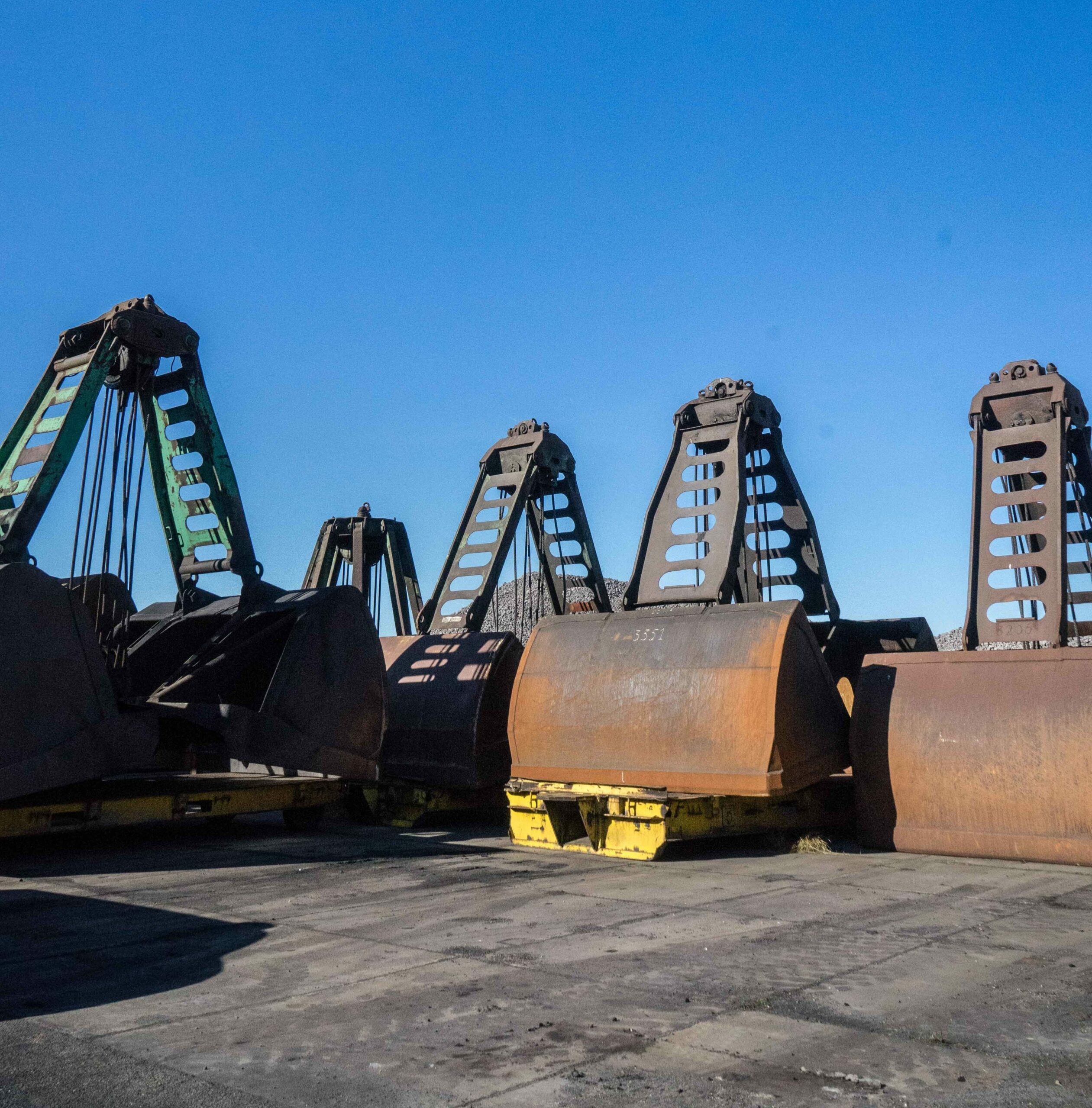
Challenge #4 – Deliveries for moored boats
A ship that is moored for a couple of days often makes use of the time to take on supplies: food, water, fuel, electronics, etc. Most bulk companies ask for supplies to be delivered by water as much as possible, but this is not always feasible. To ensure that these transports take place as safely as possible, suppliers are asked to report to the kiosks and go through the safety instructions there. Depending on the site, a specific process can then be started, whereby an accompanying vehicle is sent to the entrance and the supplier is accompanied to the ship.
Challenge #5 – Who is responsible for damage to the transport?
The yard operator is often the first person to notice things such as damaged goods or non-compliant trucks. With the yard operator app, it is perfectly possible to take photos (which may or may not be linked to a check list) of the damage or the non-compliant trucks. All this is then automatically sent to a database, linked to the transport data. No more endless discussions about who has to pay for the damage.
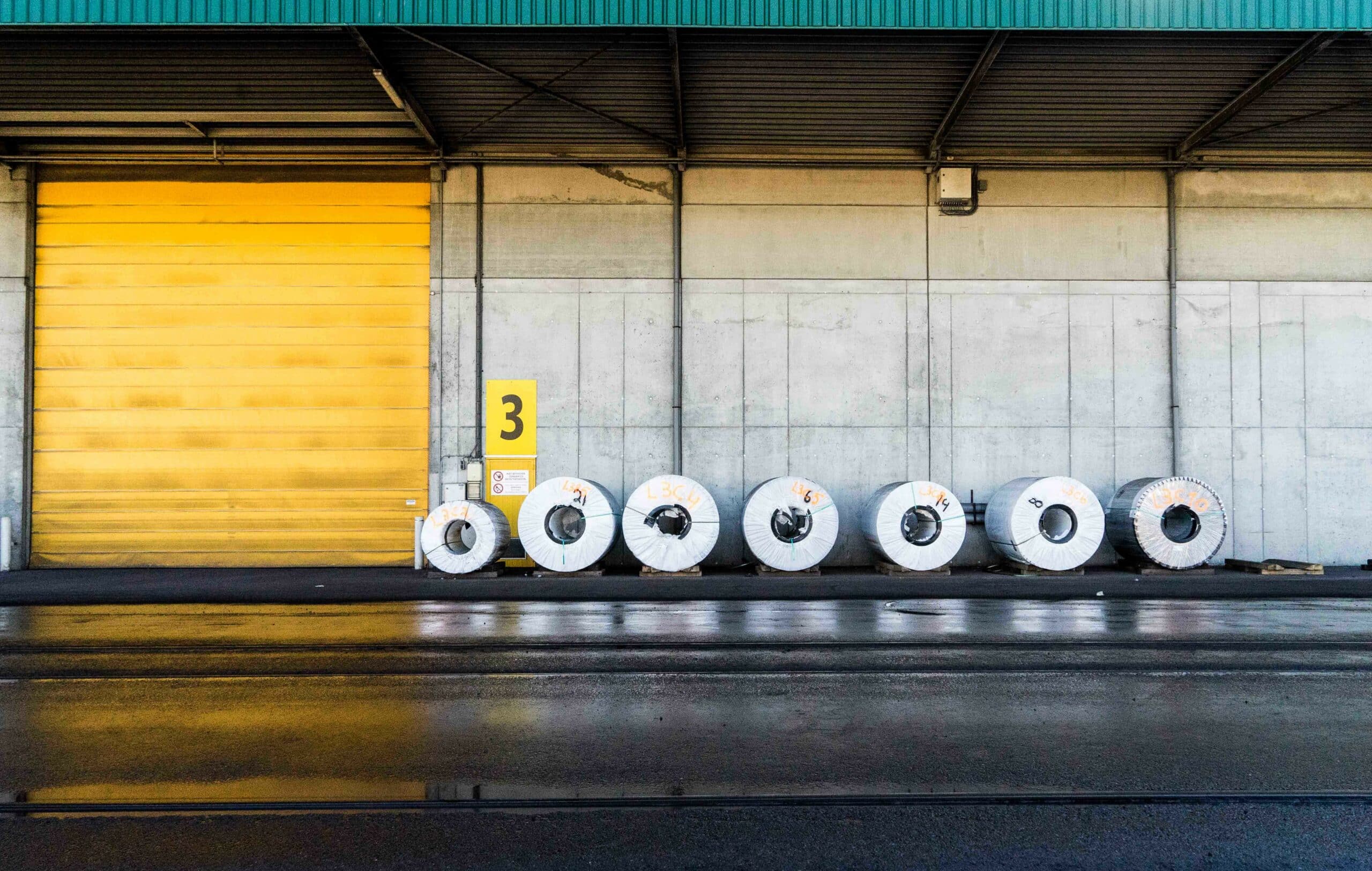
Challenge #6 – Several sites, manned and unmanned
Break bulk activities are often spread over various sites, some of which may not be manned. By configuring a single, umbrella access platform covering the various sites, all data can be managed together and the sites can be run from a distance, each with their specific flows and processes, without any problem. For instance, automatic access can be granted to an unmanned site and all the processes can take place automatically (registration, dispatching, weighing). All this may or may not be connected to camera surveillance and LPR cameras.
About Peripass
Peripass is a yard management application that automates and digitises the reception and through-flow processes of logistics and other flows on sites. By establishing a connection with the ERP systems or other solutions available (TMS, WMS, slotting tools, etc.), Peripass can link up to the organisation’s operating processes and the data available, such as PO numbers or shipment numbers, can be used to identify flows. By linking all the flows to specific processes which are in turn connected to the hardware on site (barriers, access control, turnstiles, etc.), Peripass is able to capture data (registration time, weight, departure time from site, etc.) and return these to the connected ERP systems. So company data are constantly supplemented and real-time insights are permanently available.
In this way, not only is the reception automated, but site processes are safer and more efficient.
Latest blog posts
Real-time insights with live dashboards
Product updateBring your Peripass data to life with dashboards Peripass yard management software provides dispatchers with a clear idea of the activities on the yard of their production site or warehouse. All truck drivers are registered, each truck is tracked &...
Peripass Secures €7.5 Million to Digitize the Logistics Sector Globally
Peripass Secures €7.5 Million to Digitize the Logistics Sector Globally Belgium, February 1, 2024 - Peripass, the leading SaaS scale-up revolutionising logistics sites by digitally organising truck movements, has successfully secured funding to accelerate its global...
ZF Innovating their site in Bouzonville with Yard Management
We are thrilled to announce our collaboration with ZF, a global technology leader in automotive and industrial innovation. This partnership, aligned with Peripass's mission to streamline logistics, not only welcomes ZF as our newest collaborator but also addresses...
